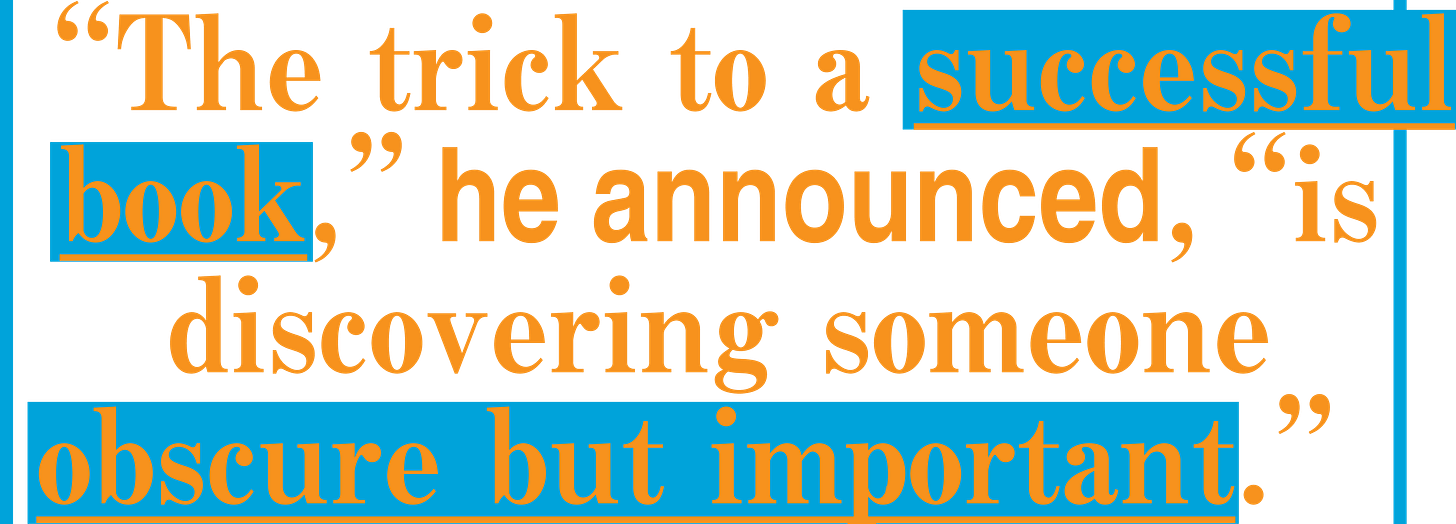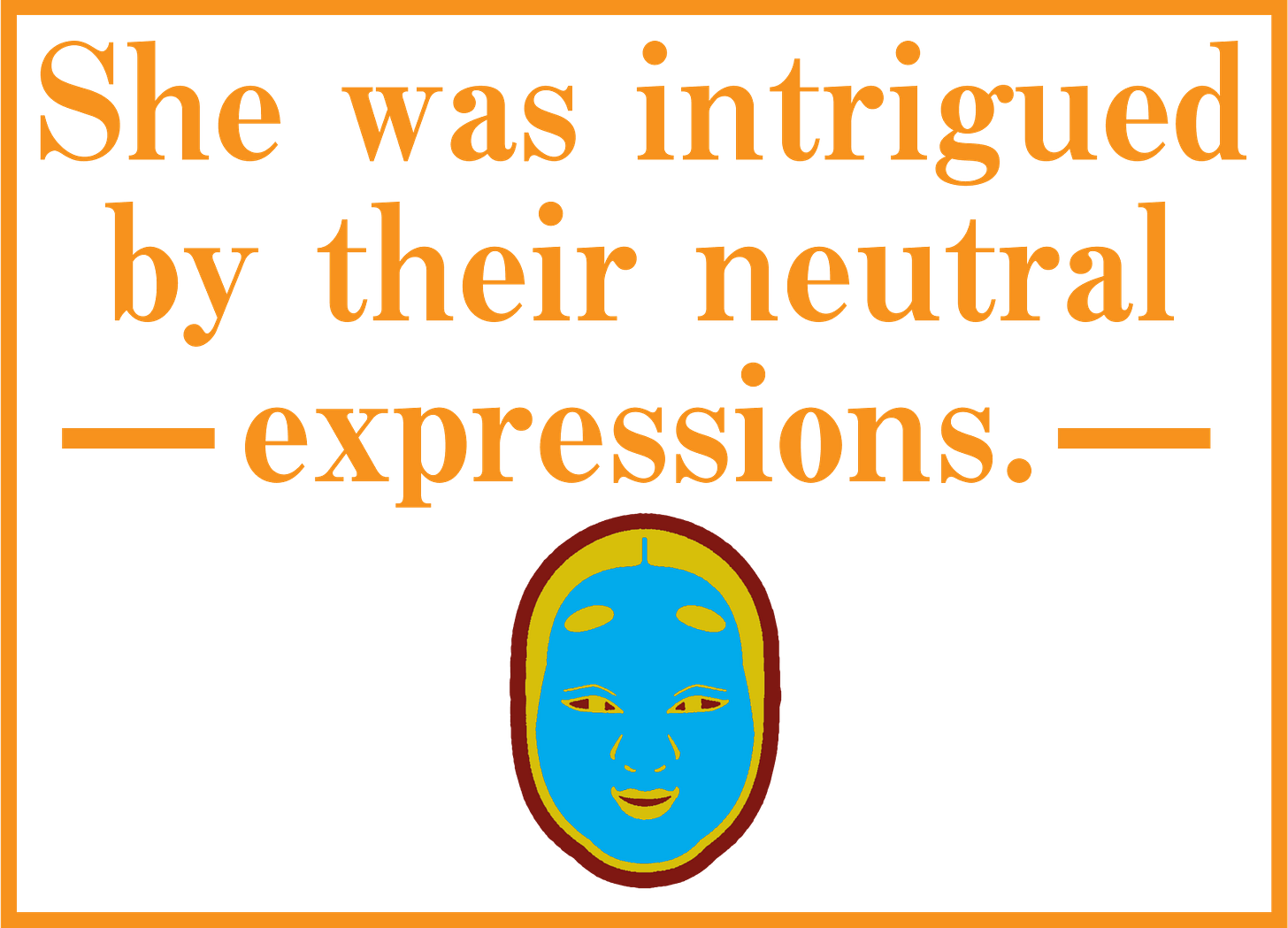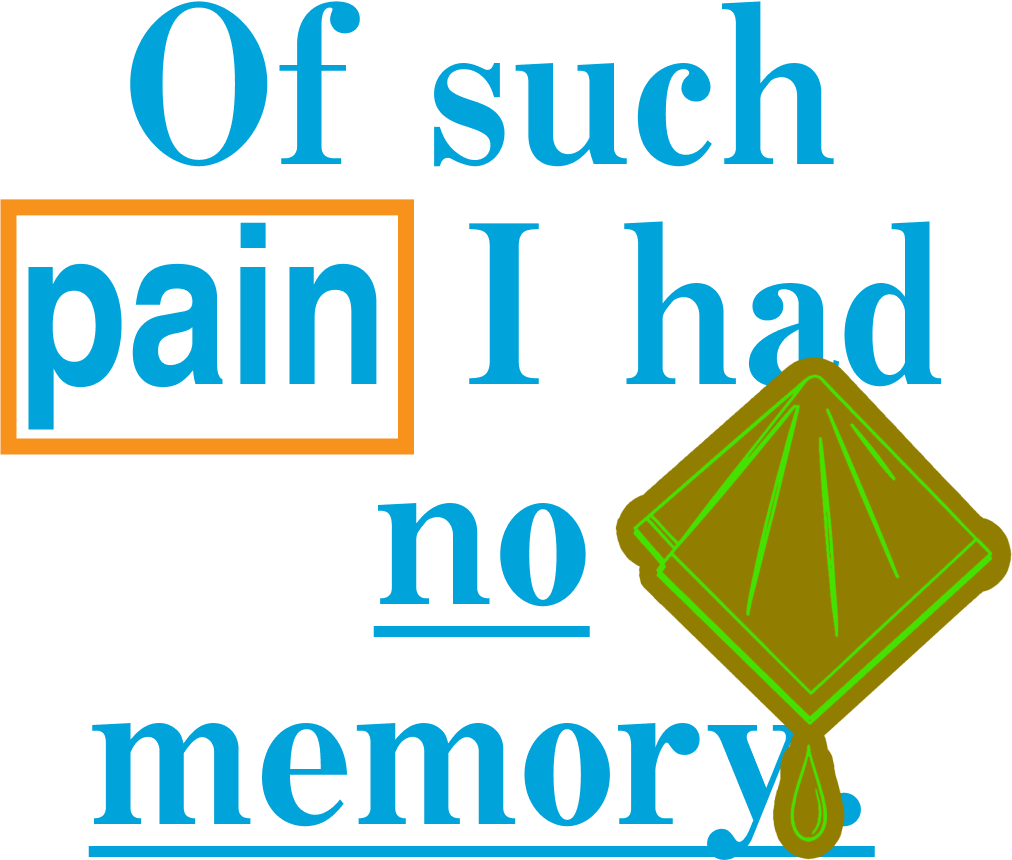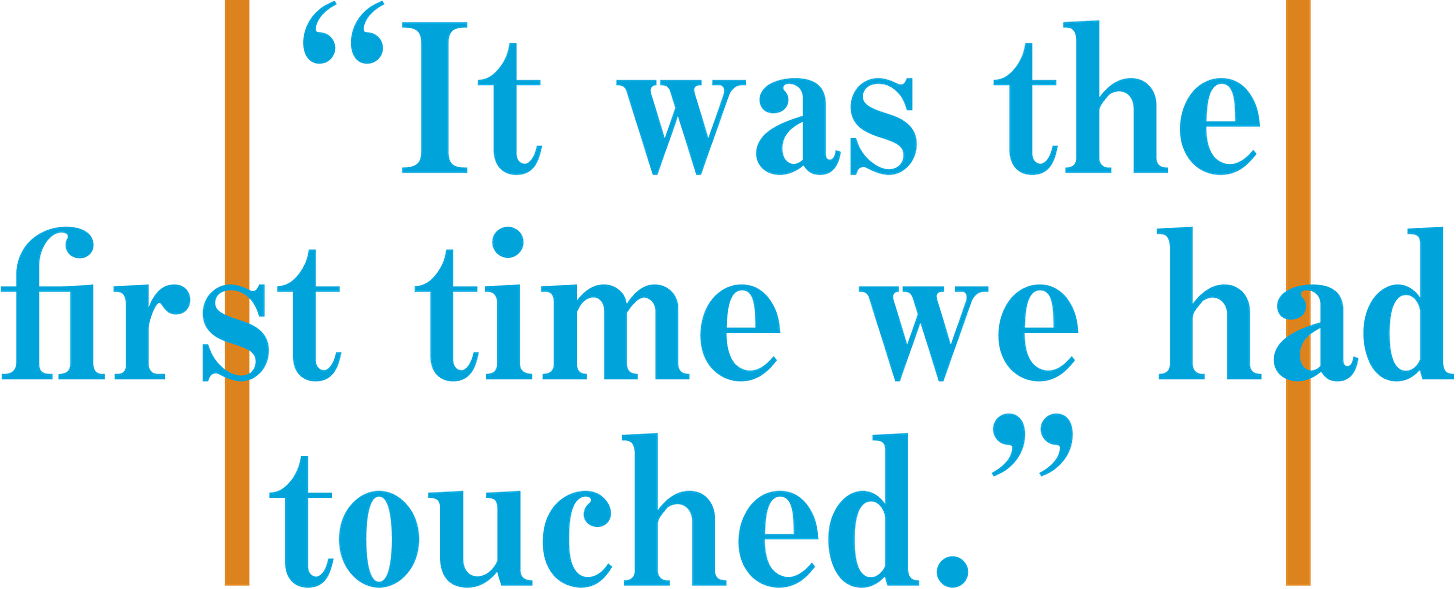As I left for college, the doctors who were treating me in Nebraska insisted I spend as much time as possible in quiet, cool, and minimally humid places. When I arrived on the East Coast in the early 1970s, the 18th-century galleries of the University’s museum were ideal, as they were maintained at a low temperature and humidity, and were, with three exceptions, vacant.
The newly appointed President of Princeton was one exception.
He would trot through the Museum with prospective donors and nod as he passed me.
One afternoon he stopped me on campus. He offered that his goal at Princeton was to establish himself as a great leader in the field of education. This, he explained, had been his mission since he was quite young.
Another presence in the galleries was a man who had the aspect of someone much older (receding hair, dark suits, bow ties) but also much younger (unlined face, energetic gait, juvenile expressions). At the time we met, he was a senior editor at a nearby publishing house. We became friends. One day, he seemed unusually upbeat.
“The trick to a successful book,” he announced, “is discovering someone obscure but important.”
“And you have found someone?”
“Yes, but you mustn’t repeat it.”
I nodded.
“Hamann! Terribly important, affected many people, and is rarely mentioned.”
“Except at Purim.”
“I’ll ignore that.”
“And your man is?”
“The Wizard of the North. Johann Georg Hamann. There were all sorts of things happening in the 18th century. New ways of thinking. Hamann was in one camp, Reynolds in another. This was the time when the self was discovered. From then on, we’ve spent most of our time trying to decide who we really are.”
“And you are?”
“Not an editor.”
“What then?”
“An author. I shall be the one who reveals Hamann to the world.”
A woman entered the gallery.
She was shy but graceful, her hair the rust colour of Dante Gabriel Rossetti’s Pandora. That first day, she stood motionless in front of the same painting, Pericles and Anaxagoras, for 40 minutes; then, stepping forward until her face was inches from the canvas, remained there for another 10 minutes.
As soon as she left the gallery, my friend turned to me.
“I don’t trust her.”
“Why?”
“I see through to who people really are. They can’t hide from me. But her, I’m having trouble with. I’ll need more time.”
Two weeks later, he announced that he was leaving Princeton.
“Why?” I asked.
“Because I know myself, and I am a writer, not an editor. I need other writers, intellectuals, sardonic back-and-forth, that sort of thing. Princeton’s not it. John O’Hara lived here, is buried around the corner, and the University wanted nothing to do with him. There’s not a droll person in all of Princeton.”
A week after his departure, the woman reappeared in the galleries. I addressed her.
“You are, I imagine, an art historian.”
“You flatter me but I have little interest in it.”
“Then what does interest you?”
“Cupping and tenting. Are you familiar with them?”
“Not that I can share.”
We met later that afternoon at a bar across from campus. In her bag was The Pisan Cantos. She explained that after dropping out of school, she moved to Japan. There she met a man who restored screens, scrolls, and masks. His specialty was Noh masks. She was intrigued by their neutral expressions.
We met several times thereafter. At each meeting, she revealed her engagement with various topics, none of which were connected to the others and all of which were discussed with great intelligence. During one of these encounters, the President stopped at our table. He asked if I would join him for a meeting the next afternoon with a small group of alumni. With growing protests on campus, he wanted to assure them that he had matters under control. He thought that I would be a good person to join the discussion, which meant, of course, that he viewed me as sufficiently indifferent or myopic to deliver an upbeat report.
The gathering was held in his mansion on campus. Following sherry, a provost gave an introduction to the President, praising his efforts to reach out to the students involved in the protests and emphasizing that the President was respected by all students as a man of great moral character. When the President rose to speak, his chair struck my foot.
Of such pain I had no memory.
I rushed from the room.
The next day, a doctor delivered the verdict. Gout. It was something that I’d inherited from my father and grandfathers. The slight jostling of my foot when the President moved his chair ignited the pain. I was, according to the doctors, the youngest person so afflicted.
My relationship with the President was never the same. Whenever we passed one another, he nodded but kept his distance. I, in turn, never explained my abrupt exit from the gathering that afternoon.
At the end of my freshman year, the woman invited me to a celebratory dinner. She selected a Japanese restaurant in New York. The restaurant was small and attractive, and the staff appeared to know her. When she finished ordering, I handed her a gift, a novel by an author from Nebraska. Thanking me, she added that she had a gift for me, but it was not yet ready.
The meal was singular and the dessert especially so: a sugared pineapple from Okinawa topped with vanilla sauce. She had made certain to order it in advance.
With the dessert cleared, she took my hand. It was the first time we had touched. Her face emptied of all expression.
Guiding my hand below the table, she closed it around the napkin, which was tucked between her thighs. As I held it, the napkin grew warm and moist. When I finally returned my hand to the table, my fingers were fragrant. The present she had mixed inside herself.
At around the time that I graduated, the President left Princeton to run the Mellon Foundation. He continued to write texts on education and serve on boards and committees.
After his death, it was revealed that while at Princeton, he had a long affair with a female undergraduate, who, half his age, was also working as a nanny for him and his wife, helping raise their daughter. The affair was known by certain administrators, alumni, and teachers but no one intervened to stop it or insist that he step down.
When an alumni magazine threatened to expose him, the editor of the magazine, who was gay, was informed that should he proceed with the article, he too would be exposed. The article was never published.
It has occurred to me that the President thought that I’d left the meeting with the alumni because I knew of his affair and could not bear listening to tributes to his character.
At the time of the President’s death, Harvard Magazine described him as “the essential educator of our time.” But the most remarkable tribute came when the then President of Princeton eulogised his predecessor as a man who had “touched every corner of this great University.” Reading this, I immediately wrote to my friend the editor, informing him that I’d finally found one droll man at Princeton. But the letter was returned. My friend had moved along and then along again. He wrote nothing, putting it off until he found the one place which would tend to the mouldering self he’d strapped to his back.
The President, in the meantime, found any number of places to nurture his self as the great educator, but that self lived with the malignant disquiet that someone was coming to slay it.
As to the woman, she too left Princeton. She, unlike the other two, was driven neither by a sense of who she was nor where she belonged, but rather by the sole desire to replenish the material which she randomly gathered and which, when sufficiently mixed, arose brilliantly and erotically inside her.
Michael Rips is a reclusive memoirist, collector, and former supreme court law clerk.










